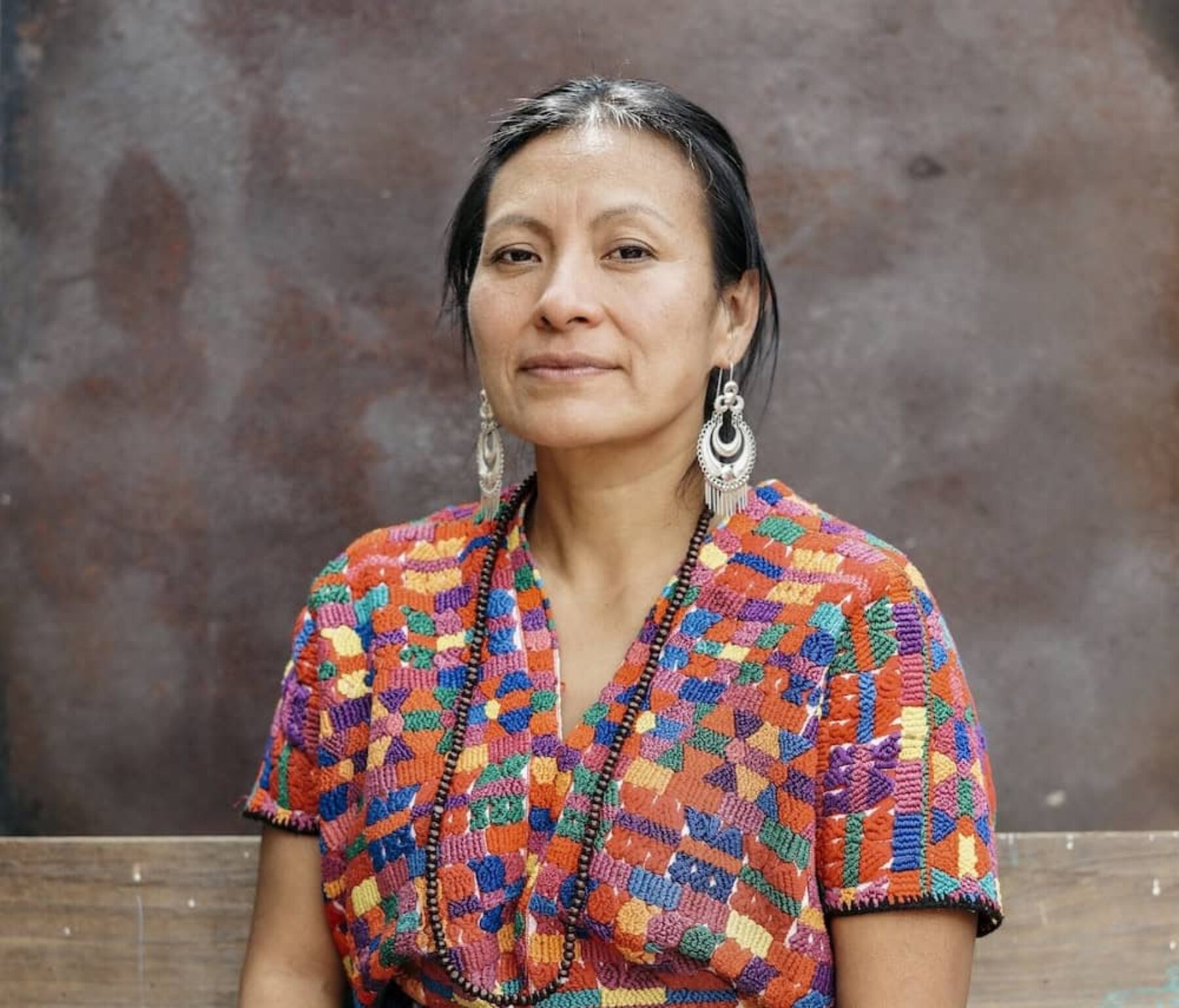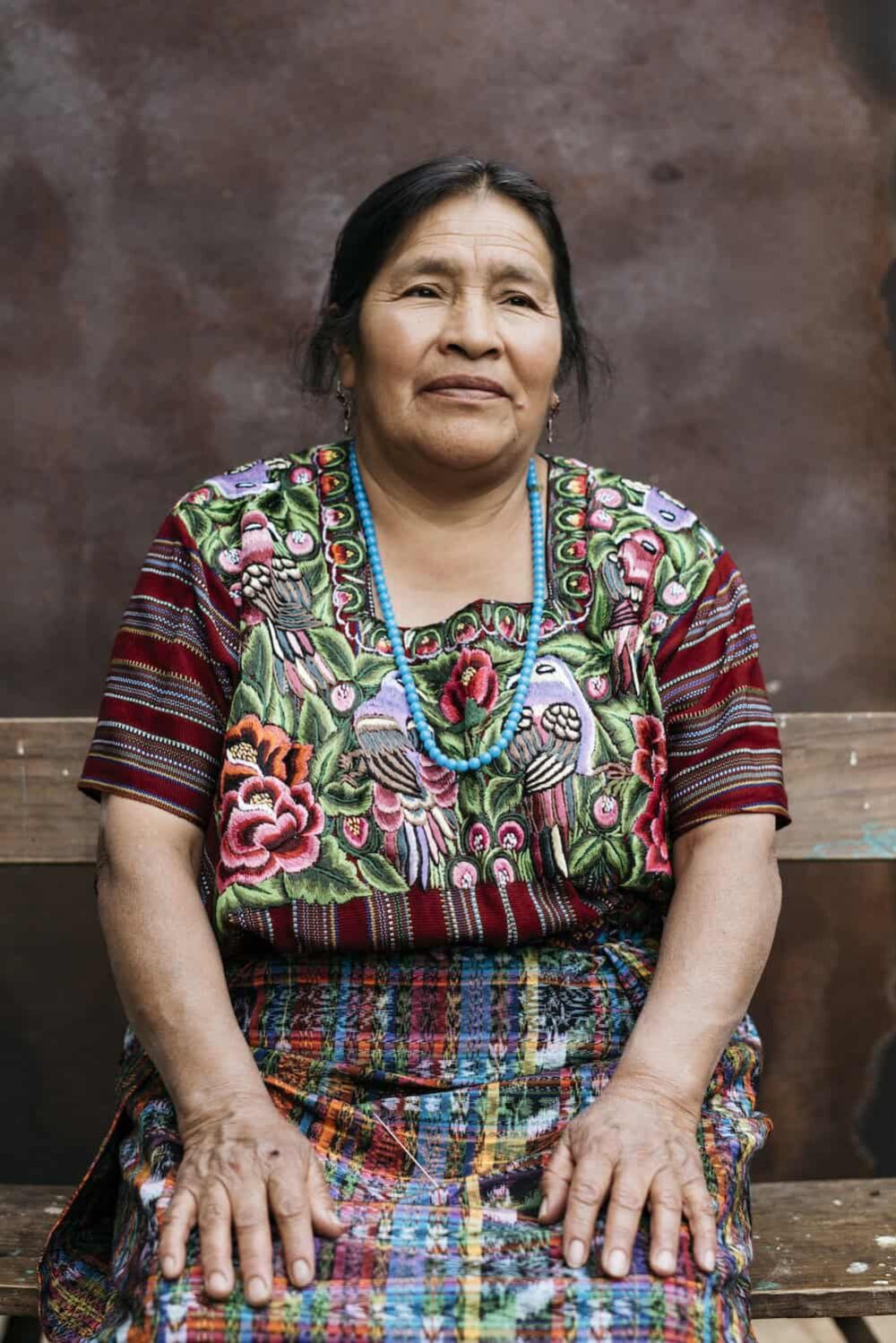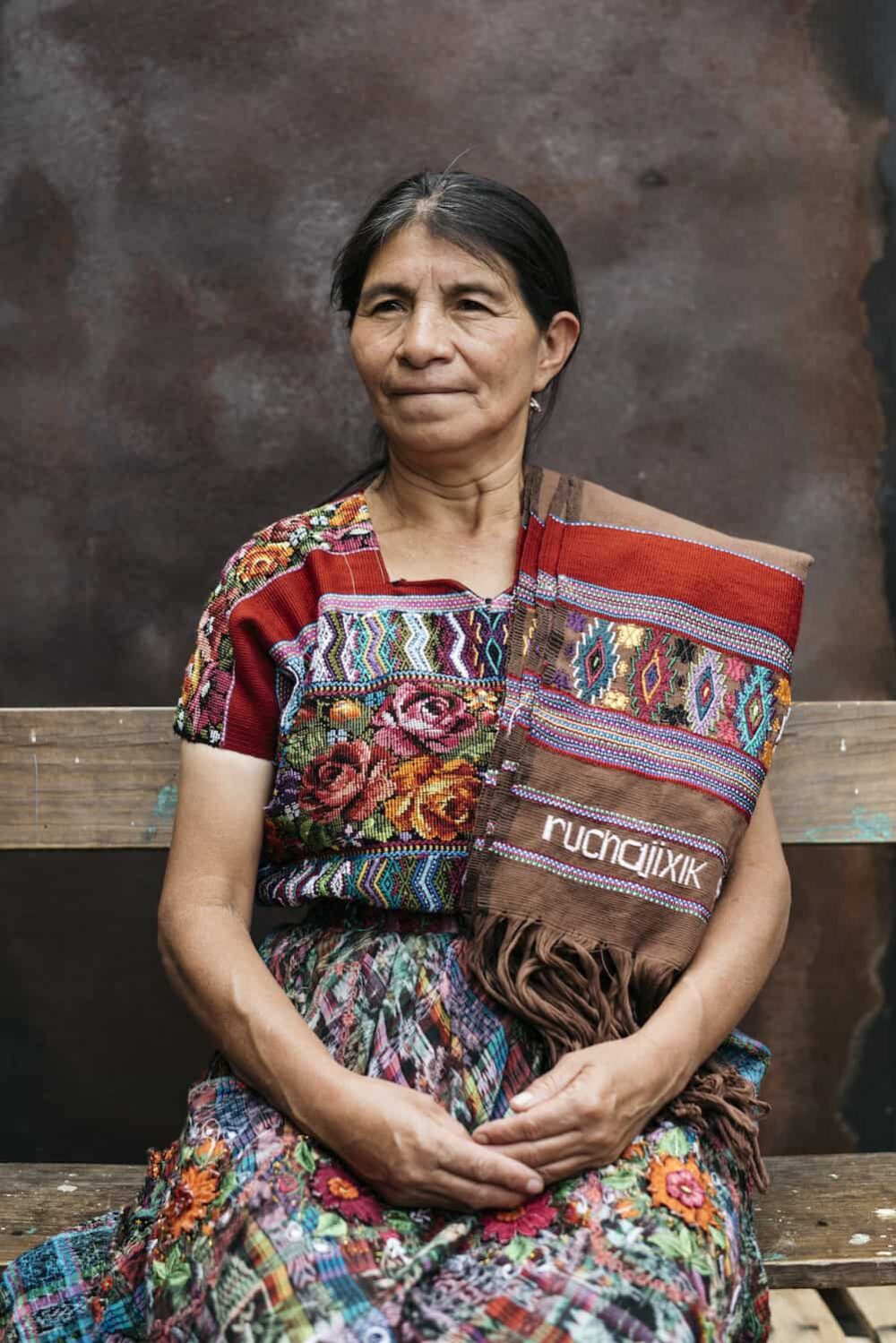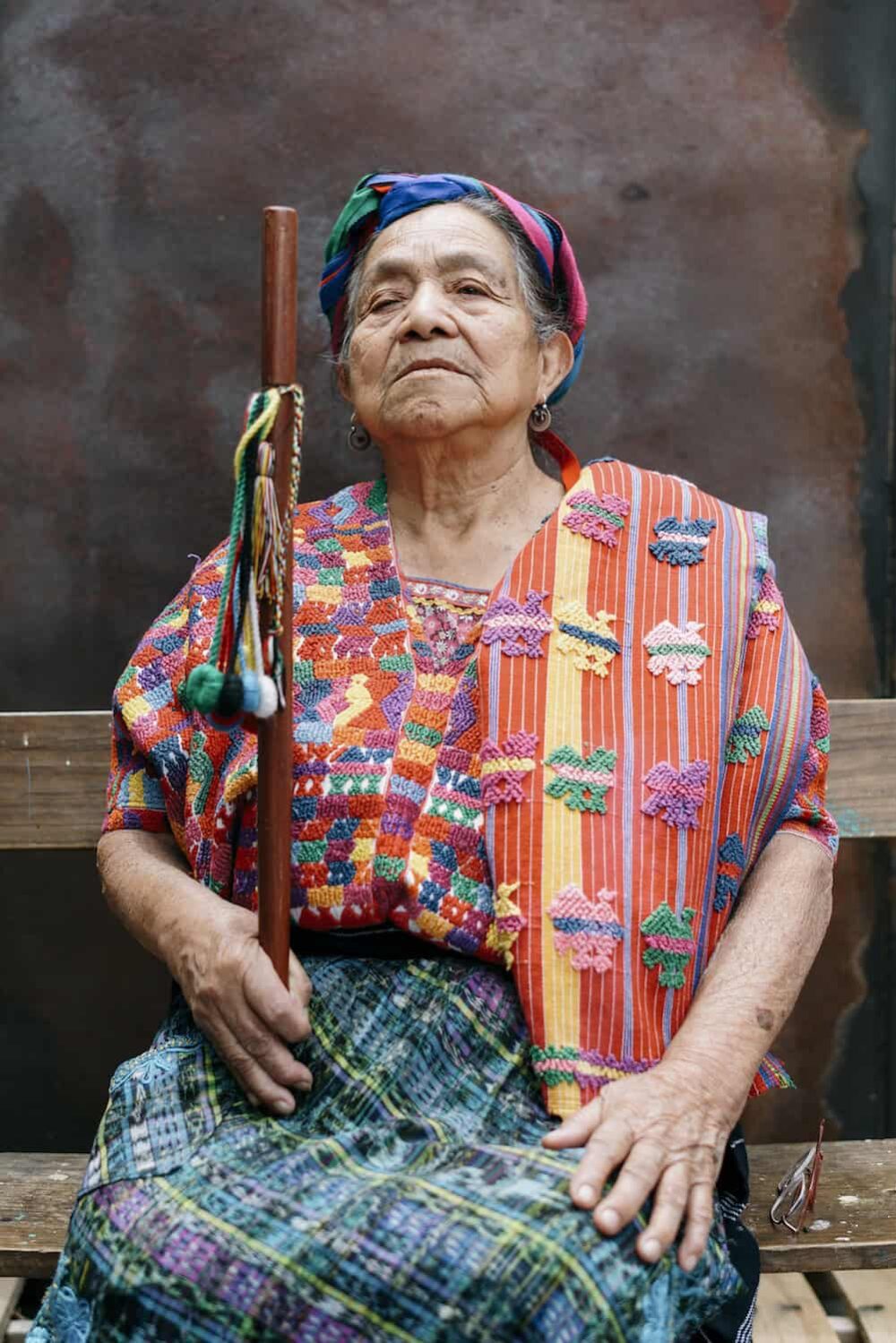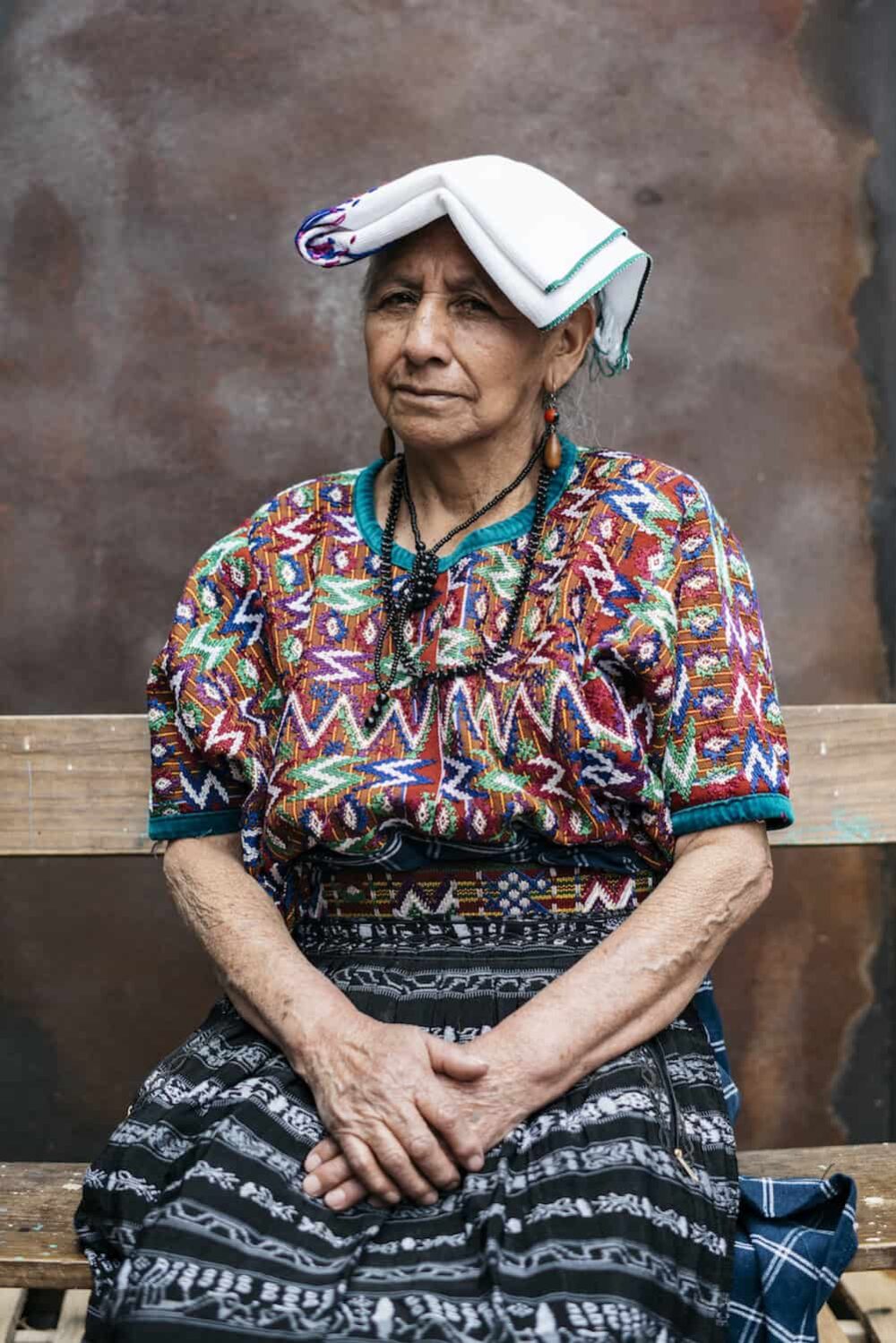Beautiful handwoven Mayan textile designs are often copied by foreign designers and mass produced. It amounts to intellectual property theft, say the Mayan women who are fighting back
“Red. That’s the colour we use the most. It represents our blood,” says Marina Rodríguez from Tecpán, Guatemala.
Rodríguez has been weaving since the age of eight. The skill has been passed down through generations, along with each Mayan community’s unique designs. But in recent years, companies have been imitating their designs and mass-producing textiles, threatening the practice of weaving by hand – and jeopardising the livelihoods of many indigenous women. “Companies are taking work away from us. Our textiles just don’t have the same value any more,” says Rodríguez.
A grassroots Guatemalan organisation, the Asociación Femenina para el Desarrollo de Sacatepéquez (AFEDES), is helping Rodríguez and other women fight back by campaigning for collective intellectual property rights for Mayan textile designs.
In May 2016, the organisation took a motion to Guatemala’s constitutional court, seeking protection for indigenous textiles. In November of the same year, it proposed a legislative reform to existing laws, such as copyright industrial property laws, to allow Mayan people to be recognised as owners of their designs.
These actions are already something of a triumph in a country that has long marginalised Mayan people. If they win the case, they will be able to negotiate royalties for the use of indigenous designs, protecting the art and practice of weaving.
It would be a significant step forward. In local markets, lower quality machine-produced textiles are sold in vast quantities to tourists and local people, devaluing the traditionally handwoven goods. They may look similar at first glance, but companies also use synthetic dyes that lack the vibrancy and longevity of traditional natural dyes such as indigo.
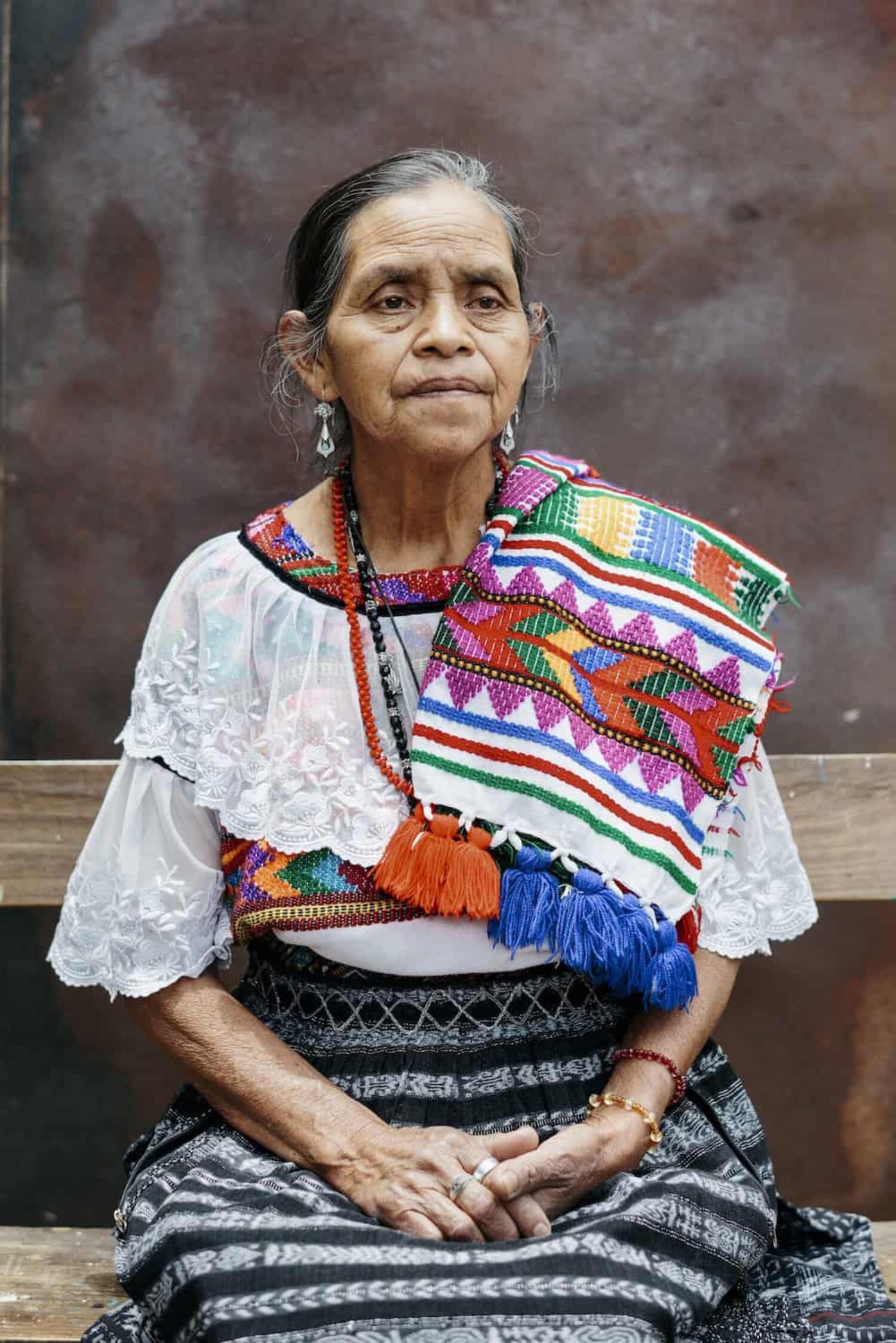
Some fashion companies even buy vintage huipiles – Mayan women’s traditional blouses – cutting them up and incorporating them into fashion garments. The sad truth is that these textiles are sold by Mayan people at times of need, often when a family member requires medical care, for sums that dwarf the price of designers’ final products.
“A huipil that costs 3,000 quetzals (£305), they’re buying for 25 quetzals (£2.60), making bags, belts, which are sold for thousands of dollars. No proportion of this goes back to indigenous women,” says Angelina Aspuac from AFEDES.
Money aside, to use the designs for commercial purposes is seen as an affront to Mayans’ cultural heritage: textiles hold a spiritual significance in their tradition. Every village has its own unique design, inspired by nature or the local surroundings. They might include hummingbirds, flowers, pine trees and stars. Colours are symbolic too: blue is water, green is nature, white represents day and black is night.
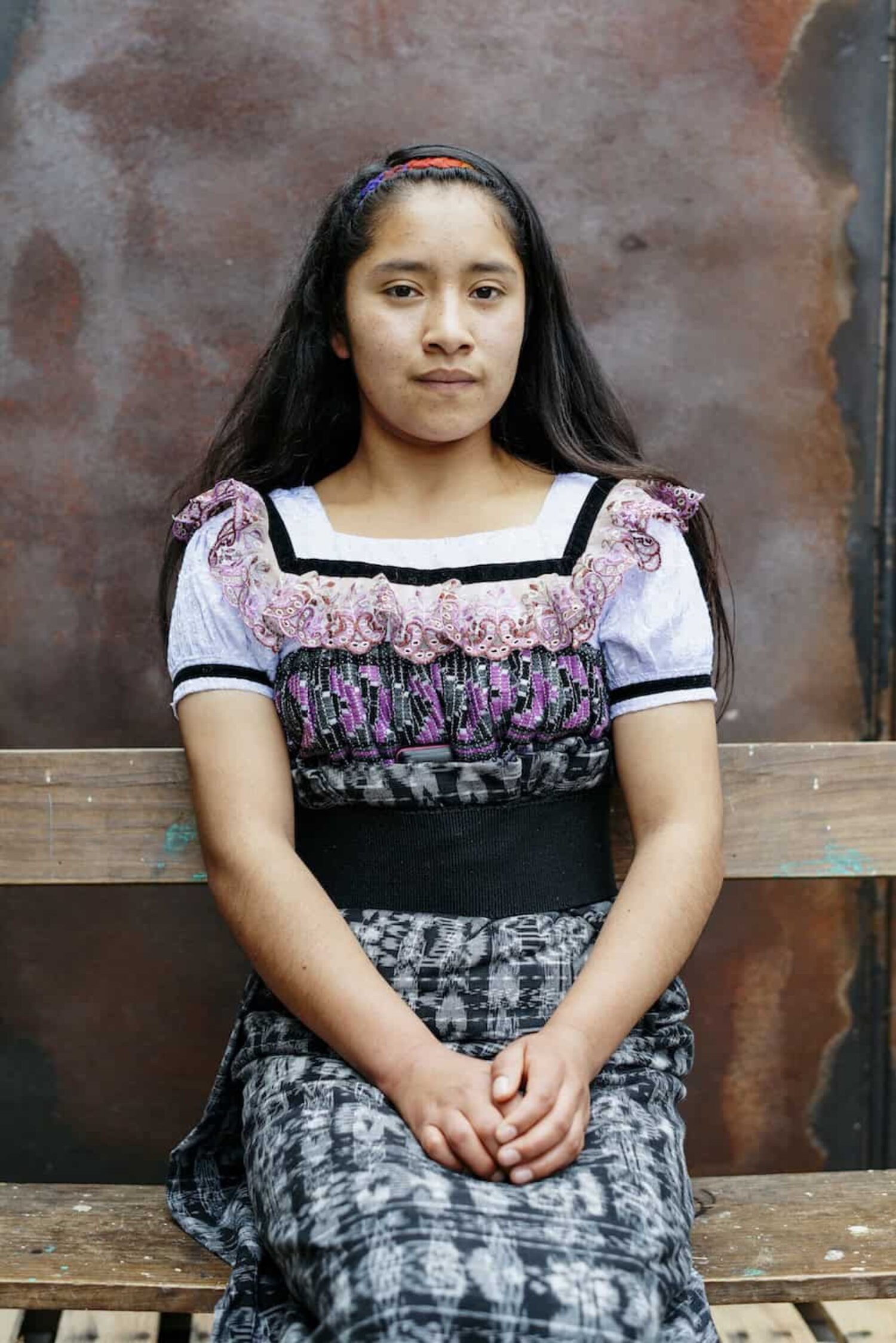
“The designs have a cosmological significance,” says Cristóbal Saquíc, the indigenous mayor of the Santa Lucía Utatlán municipality. He is hosting a meeting of AFEDES that gathers more than 70 women of all ages from communities across Guatemala. It is a chance for them to express their views on how best to protect weaving, as well as other issues they encounter as indigenous women.
They have already achieved some success. Earlier this year, the constitutional court issued a resolution recommending that a comprehensive law be developed to protect Mayan intellectual property: this would recognise indigenous communities as collective owners of their textiles and other artisanal crafts, and prevent companies or designers from patenting their designs. “That is ideal for us,” says Aspuac. She hopes that the law will be presented to congress by the end of 2018.
AFEDES has also, this year, taken the case to the Inter-American Commission on Human Rights, which has offered the group technical assistance. “The eyes of the international community are on us,” notes Aspuac.
This fight is, ultimately, much bigger than textiles. “It’s about a 500-year-old story and the oppression of Mayans, which is still experienced by indigenous women,” says Aspuac. “Our textiles are the books the colonisers couldn’t burn.”
Our textiles are the books the colonisers couldn’t burn
The oppression began with the Spanish Conquest and continued through the civil war of 1960-1996 in which an estimated 200,000 Mayan people were murdered. Today, discrimination against indigenous people, who make up at least 40 per cent of the population [unofficial figures place it nearer 60 per cent], is still widespread: 80 per cent of them live below the poverty line.
“When we decided to take action, we didn’t know if the State would try to keep us quiet, help us, ignore us, make fun of us,” says Aspuac. “We’ve had all these responses,” she adds, “but they have also congratulated us. We aren’t going to stay in the same place, something always changes.”
